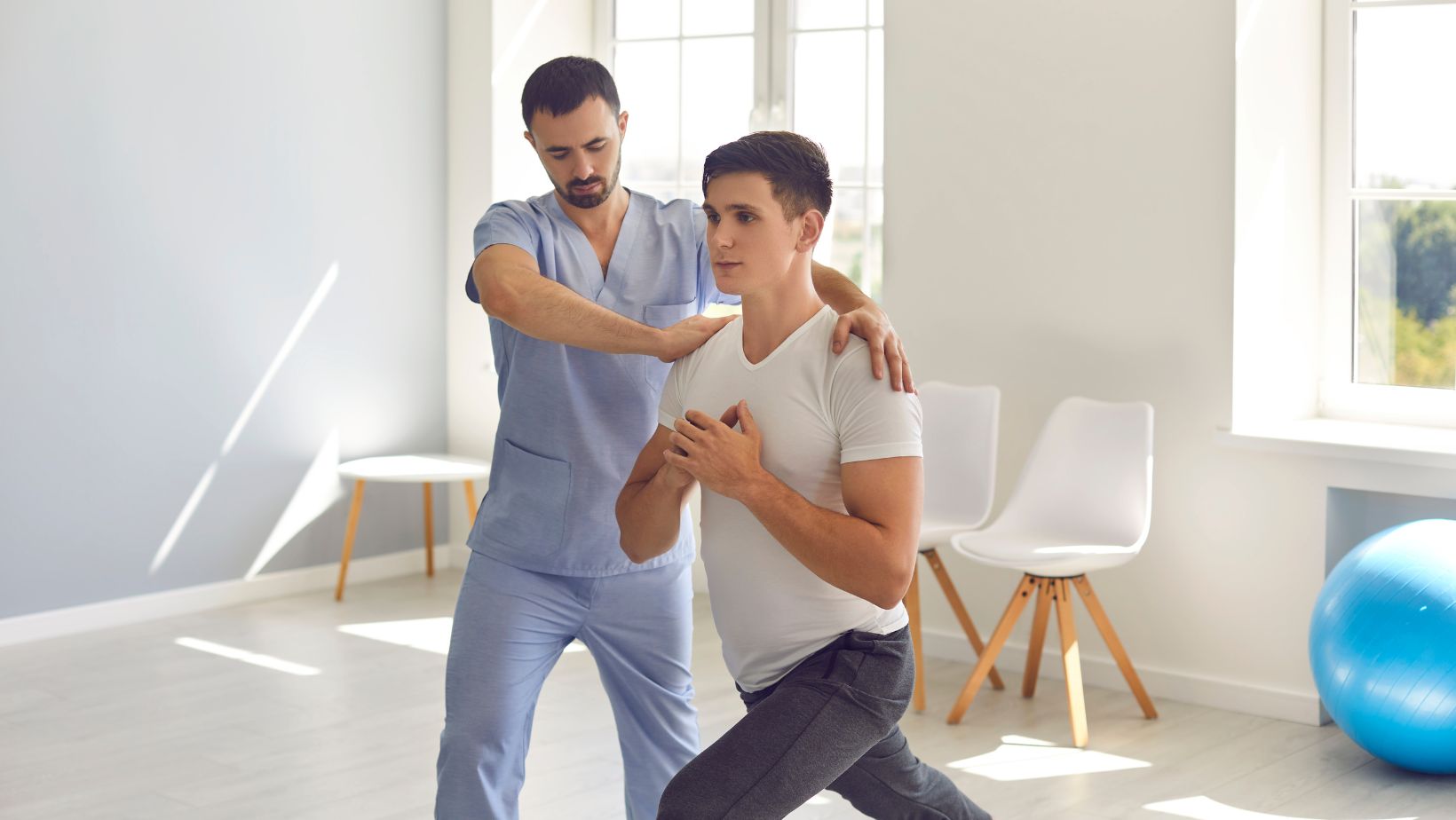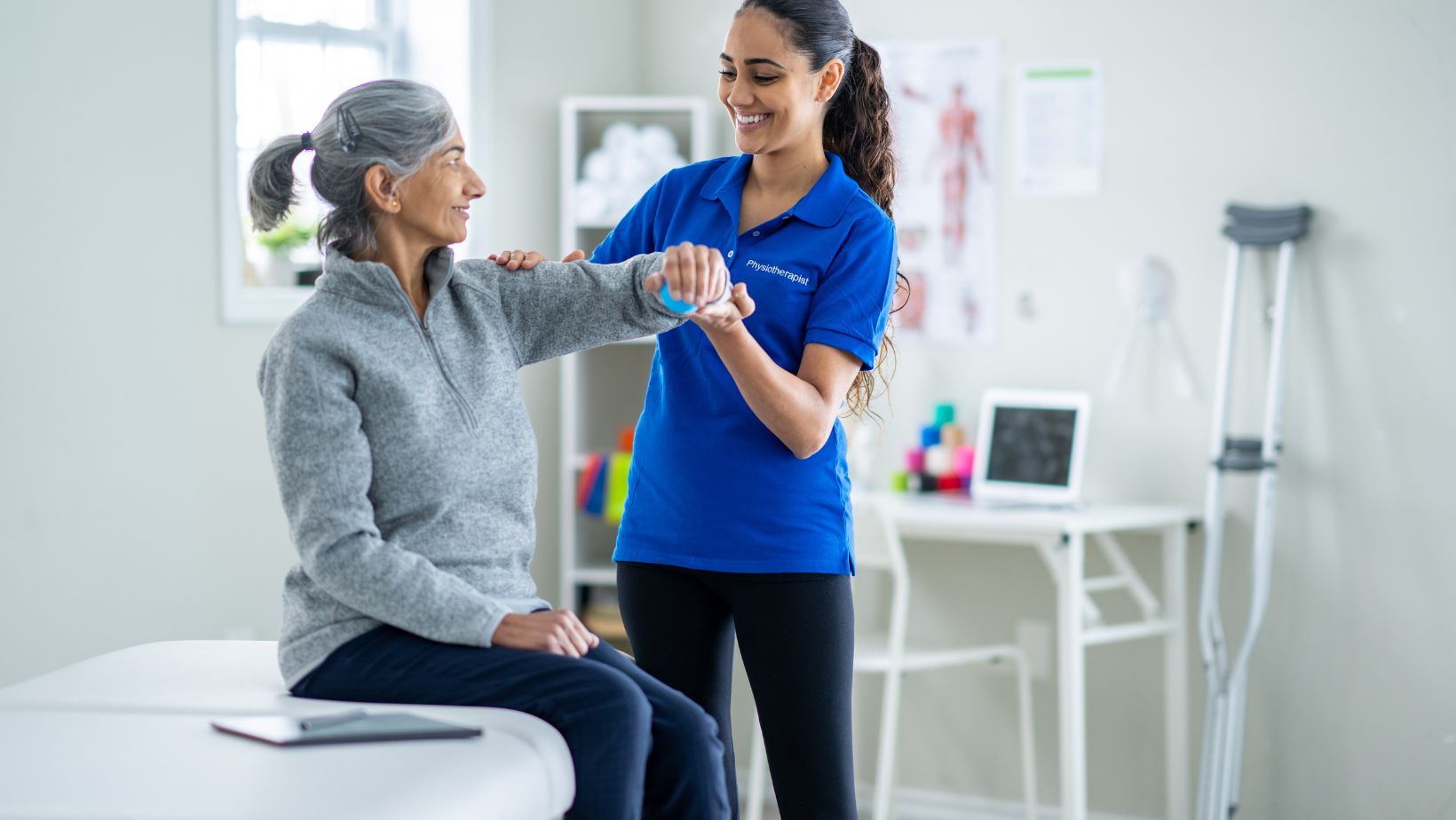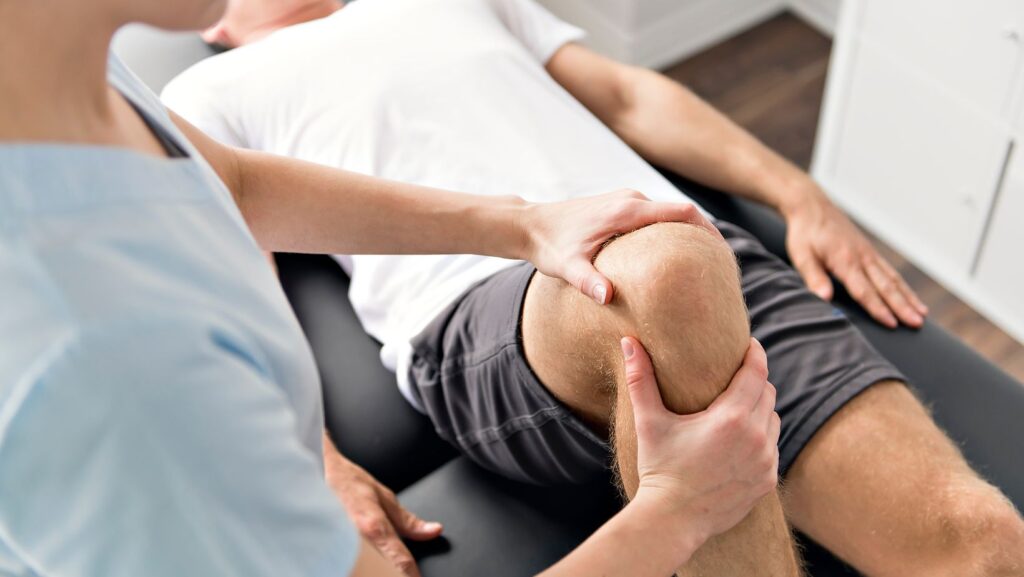Running is an excellent way to stay fit, but comes with risks, including injuries and muscle strain. Many runners push their limits without focusing on proper recovery and body mechanics, which can lead to chronic pain or setbacks. Physiotherapy is crucial in keeping runners healthy by addressing muscle imbalances, improving flexibility, and enhancing overall movement efficiency. We will explore how physiotherapy helps prevent injuries and optimize performance for runners. By understanding proper body mechanics, recovery techniques, and strengthening exercises, runners can minimize risks and maximize their potential for endurance and speed.
How Physiotherapy Helps Runners Stay Injury-Free
Physiotherapy at https://fixio.com.au/ focuses on strengthening muscles, improving flexibility, and correcting movement patterns. Running is a high-impact activity that stresses joints, tendons, and muscles. Without proper conditioning, runners may experience knee pain, shin splints, Achilles tendinitis, and other overuse injuries. Physiotherapists use movement assessments to identify weaknesses and imbalances that could lead to injuries. By implementing targeted strengthening and mobility exercises, runners can improve stability and reduce excessive strain on certain areas of the body.
Another key benefit of physiotherapy is the focus on recovery strategies. Many runners overlook the importance of recovery, leading to tight muscles and decreased flexibility. Physiotherapists recommend stretching routines, foam rolling techniques, and soft tissue therapy to keep muscles relaxed and functional. This approach helps prevent muscle stiffness, reduces inflammation, and improves circulation. Additionally, physiotherapy includes gait analysis, which examines running posture, foot placement, and stride efficiency. Small adjustments in running form can prevent excessive impact on joints and distribute force more evenly, reducing the risk of injuries.
1. Strengthening Weak Muscles
Weak muscles increase the risk of injuries by forcing other muscles to compensate, leading to imbalances. Physiotherapy includes strength training routines tailored to runners, focusing on glutes, hamstrings, and core areas. These muscles provide stability and control while running, reducing unnecessary strain on the knees and lower legs. Exercises like single-leg squats, lunges, and resistance band workouts help build strength and endurance. Strengthening key muscle groups allows runners to maintain better posture and absorb impact forces efficiently, decreasing the likelihood of stress-related injuries.
2. Improving Flexibility and Mobility
Tight muscles can cause restricted movement, leading to poor running mechanics and potential injuries. Physiotherapists incorporate dynamic stretching, mobility drills, and muscle activation techniques to improve flexibility. For example, tight hip flexors can lead to an inefficient running stride and increased lower back strain. Stretching routines that target hip flexors, hamstrings, and calves help runners maintain fluid motion and prevent muscle tightness. Additionally, foam rolling is recommended to release muscle knots and improve blood flow, ensuring muscles recover quickly after intense runs.
3. Enhancing Running Form Through Gait Analysis
A common cause of running injuries is poor biomechanics, such as overstriding or improper foot placement. Gait analysis helps runners understand their movement patterns and make necessary corrections. Physiotherapists analyze running posture, stride length, and foot strike to identify inefficiencies. Adjustments such as increasing cadence, landing with a midfoot strike, and maintaining an upright posture can reduce impact stress on joints. By refining running mechanics, runners can improve efficiency, conserve energy, and minimize injury risks.
4. Managing Pain and Injury Rehabilitation
Even with preventative measures, runners may still experience injuries. Physiotherapy plays a crucial role in rehabilitation by promoting faster recovery and preventing re-injury. Treatment methods include manual therapy, massage, dry needling, and ultrasound therapy to reduce pain and inflammation. In some cases, runners may also consider over-the-counter options to manage discomfort; understanding the differences between aleve vs advil can support informed decisions alongside professional care. Additionally, progressive strengthening programs help runners regain muscle function without overloading injured tissues. Proper rehabilitation ensures that runners return to their training routines safely and with improved movement patterns, preventing the same injuries from recurring.
5. Developing Personalized Recovery Plans
Recovery is as important as training, but many runners neglect it, leading to chronic fatigue and increased injury risks.

Physiotherapists create individualized recovery plans based on training intensity, muscle condition, and overall health. Recovery strategies include active rest, hydration, proper nutrition, and guided stretching routines. Runners who integrate recovery techniques into their training programs experience fewer injuries and maintain peak performance levels for longer.
6. Preventing Common Running Injuries
Many running injuries can be avoided by addressing muscle imbalances and improper movement patterns. Physiotherapy helps prevent injuries such as runner’s knee, plantar fasciitis, shin splints, and IT band syndrome. Strengthening stabilizing muscles, improving running form, and following proper warm-up and cool-down routines significantly lowers injury risks. Runners in regular physiotherapy sessions can detect potential problem areas early and make necessary adjustments to avoid long-term setbacks.
7. Increasing Endurance and Performance
Physiotherapy is not just about injury prevention; it also enhances performance. By improving muscle efficiency, flexibility, and movement control, runners can increase endurance and reduce energy wastage. Stronger muscles contribute to better running posture, allowing for sustained efforts during long-distance runs. Additionally, recovery techniques improve muscle function, helping runners perform consistently without experiencing burnout or excessive fatigue.
8. Addressing Foot and Ankle Mechanics
Foot and ankle stability are critical for maintaining a balanced running stride. Physiotherapy incorporates balance training, ankle mobility exercises, and arch support recommendations to improve foot mechanics. Proper foot alignment reduces excessive stress on the lower legs and knees. Custom orthotics may also be recommended for runners with high arches or flat feet to provide additional support and correct pronation issues. By addressing foot mechanics, runners can reduce the risk of stress fractures and tendon injuries.
9. Utilizing Taping and Bracing for Support
In some cases, runners may benefit from additional support through taping or bracing techniques. Kinesiology tape can help reduce muscle fatigue and provide mild support to overstressed areas.

Ankle braces or knee supports may temporarily stabilize joints and allow runners to continue training while recovering from minor injuries. Physiotherapists assess when and how to use these supportive measures without causing reliance on them, ensuring that runners build long-term strength and resilience.
10. Implementing Cross-Training for Injury Prevention
Running exclusively without incorporating other forms of exercise can lead to overuse injuries. Physiotherapy encourages cross-training activities such as cycling, swimming, or strength training to develop overall fitness without excessive strain on running muscles. Cross-training improves muscle balance, reduces repetitive joint stress, and enhances athletic performance. Integrating low-impact activities into a training routine keeps runners strong and injury-free while allowing consistent progress.
Physiotherapy plays a vital role in helping runners prevent injuries and improve performance. Runners can maintain a balanced and efficient stride by strengthening key muscle groups, improving flexibility, and refining running mechanics. Recovery techniques such as stretching, foam rolling, and manual therapy aid muscle recovery, reducing the risk of chronic injuries. Additionally, gait analysis and personalized rehabilitation plans ensure that runners address weaknesses and prevent movement inefficiencies.

